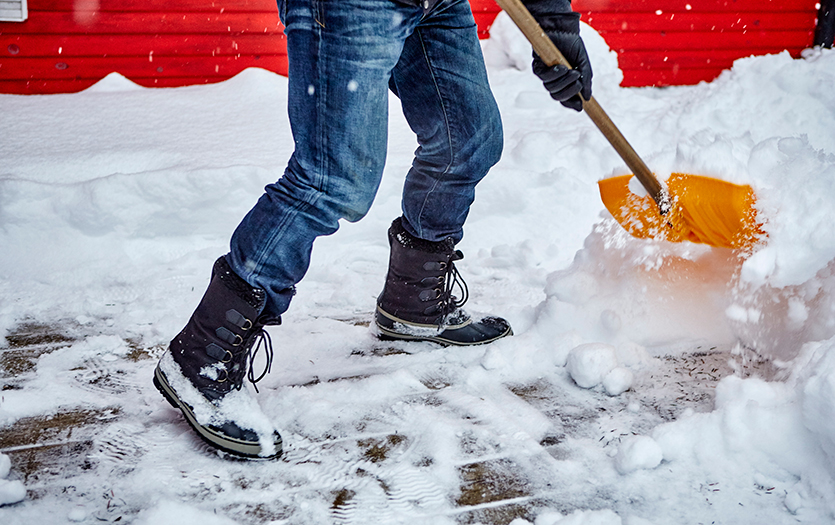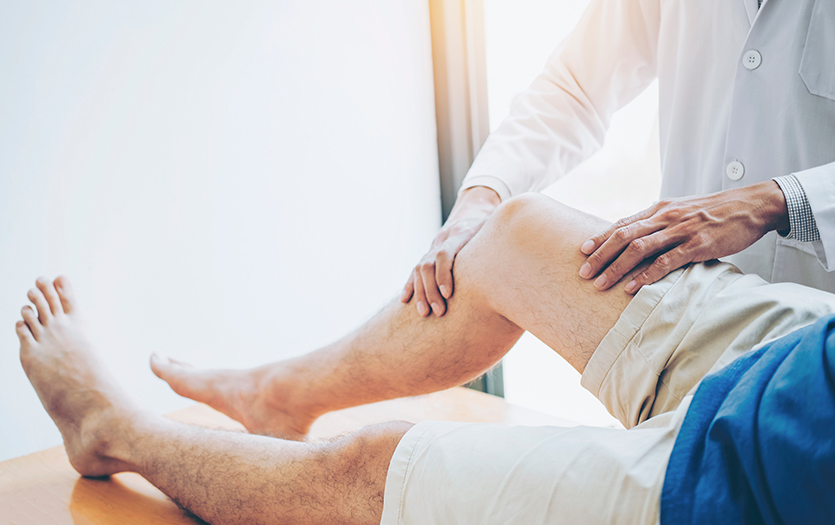
Sprinkles of frozen fractals can provide a beautiful backdrop to a cozy day spent snuggled up at home with a warm beverage. However, the same frosty conditions that create this scene can also turn sidewalks and driveways into hidden hazards, especially for those recovering from an injury. In this post, Alyssa Keys, PT, DPT, Board Certified Specialist in Neurologic Physical Therapy, and Courtney Pennucci, PT, DPT, Certified Stroke Rehab Specialist, LSVT-BIG, Parkview Hospital Randallia, share vital strategies for staying steady on your feet and avoiding winter-related injuries.
Preventing slips and falls
Falling while still recovering from an injury can be especially dangerous because the existing injury may make it difficult for you to brace yourself or absorb the impact of the fall. To prevent additional injuries or further damage:
-
Wear appropriate footwear. Snow boots or supportive shoes with sturdy soles will provide traction on slippery surfaces.
-
Walk like a penguin. Take short, shuffling steps, keeping your feet close to the ground.
-
Make wide turns and hold your hands out for balance. Taking extra steps when turning can also prevent your feet from slipping from under you.
-
Use an assistive device. If recommended for extra stability on slippery surfaces, always have your assistive device with you.
-
Plan out your path. Whenever possible, choose safer surfaces to walk on. Snow-covered grass typically provides better traction and is preferred over icy sidewalks.
-
Partner up. If you lose your balance easily, it's wise to walk with a friend or family member who can give you their arm for support.
Choosing the right footwear
Backless shoes or shoes with heels are strongly discouraged as they offer little stability and increase the risk of slipping. Snow boots or shoes with a thick, non-slip rubber sole are always the best choice, whether you are on icy sidewalks or not. Try on snow boots before purchasing them to ensure they are not too heavy or bulky and are easy to move around in safely. A good pair of winter boots can last several years with proper care. After the first season of use, inspect the soles regularly to ensure the tread is not wearing out. Individuals who spend considerable time in icy conditions may find it beneficial to invest in snow cleats for added traction.
Safe snow shoveling
Shoveling smaller sections or clearing snow more frequently during heavy snowfalls can help minimize the need to lift large, heavy piles at once. Avoid twisting movements when possible, and bend at the knees rather than the waist when lifting the shovel of snow to the grass. Alternatively, instead of lifting each shovel of snow, use a "plow" shovel to push it to the side.
Returning home safely in winter
For individuals who have experienced a previous injury and are being discharged in the winter, it is important to continue using any assistive devices recommended by physicians or therapy staff during your inpatient stay, both at home and in the community. This will help reduce your risk of falls.
Take your time with all movement outside and ask someone to accompany you when heading out to appointments or running errands. Try to avoid planning too many activities for one day. Overloading your schedule too soon will likely cause fatigue, which can result in weakness or lead to falls. Additionally, make sure that you rest and conserve your energy at home, especially when you have an appointment or outing planned.
Additional considerations
Even though it's cold outside, it's essential to stay active! Make a safe path where you can walk in the house, or if it's possible, try taking walks around the YMCA, a local community center or even your favorite store. If you worked with physical therapy during your inpatient stay, the therapists have likely provided you with a home exercise program to work on daily. If not, talk to your doctor about further therapy to improve your endurance and strength.
Learn more about Parkview Therapy Services here.



